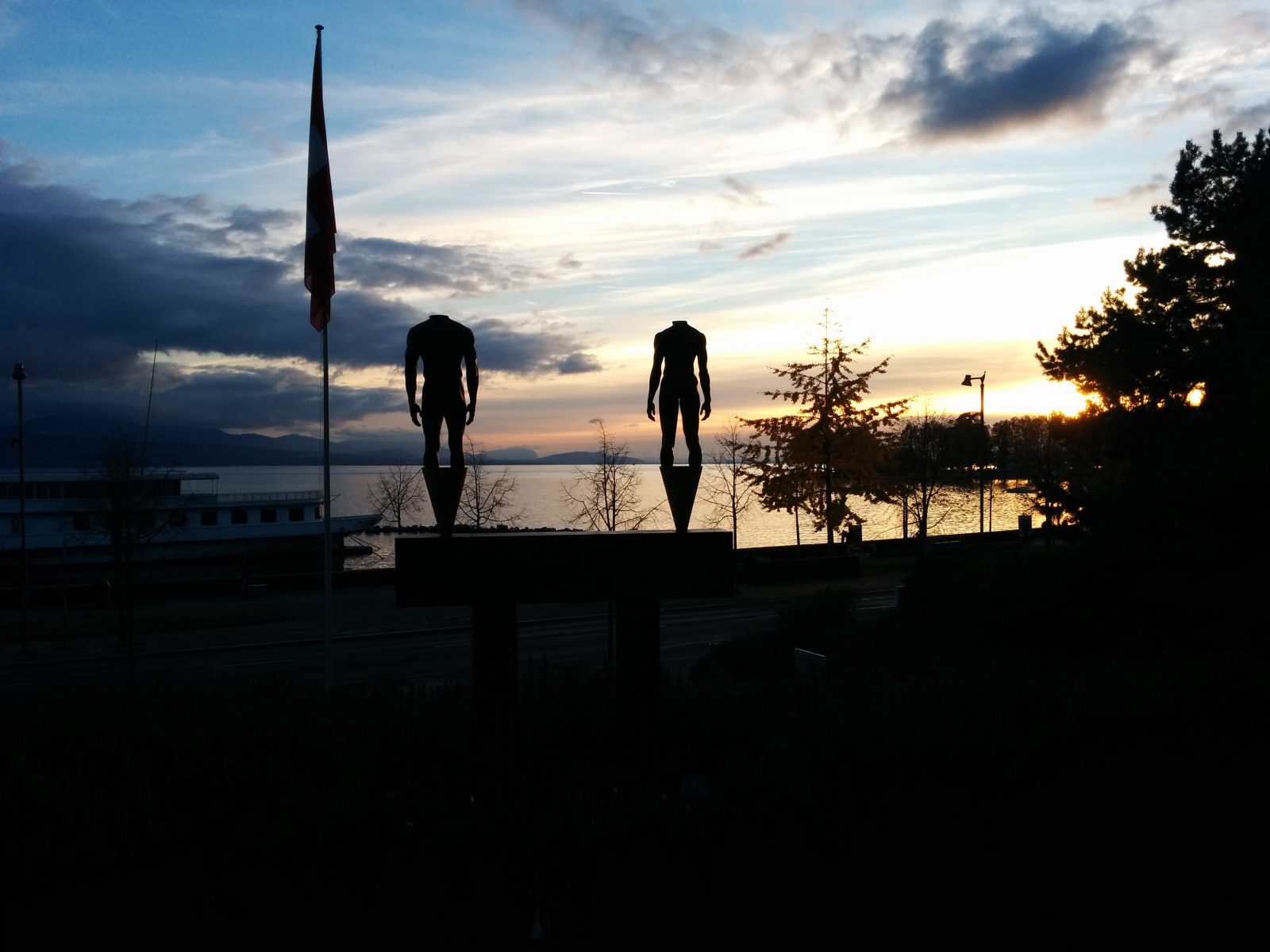The members of the International Olympic Committee from 1894 to 1972.
Prosopography of a transnational elite.
Patrick Clastres, Florence Carpentier, Helena Klima
If the city of Lausanne is known on a worldwide scale, it widely stems from its status as capital of international sport. But who really are the members of the International Olympic Committee (IOC) which is based on Lake Geneva’s shores since 1915? To which transnational and cosmopolite elite are they belonging to?
This is exactly the challenge of the Swiss National Science Foundation (SNF/Division I Humanities and social sciences) project leaded by Professor Patrick Clastres, involving not only the historian Florence Carpentier and the PhD student Helena Klima but also a world network of 81 researchers in the making..
Created by the baron Pierre de Coubertin (1863-1937) in 1894 at the Sorbonne, the IOC is endowed with a system of values which blends traditional European aristocrats’ chivalrous culture, rather Renaissance’s than Enlightenment’s humanism, social hygienism, British education for struggleforlife, the elitist dogma of amateurism and transatlantic liberal pacifism of the latter half of the nineteenth century. That these values persist up to the present day can be explained by the co-opting principle – a recruitment process reigning since the IOC’s creation. It is also due to the regulation promulgated in 1908 which foresees that the IOC members are supposed to represent the IOC in their respective countries and not the reverse.




